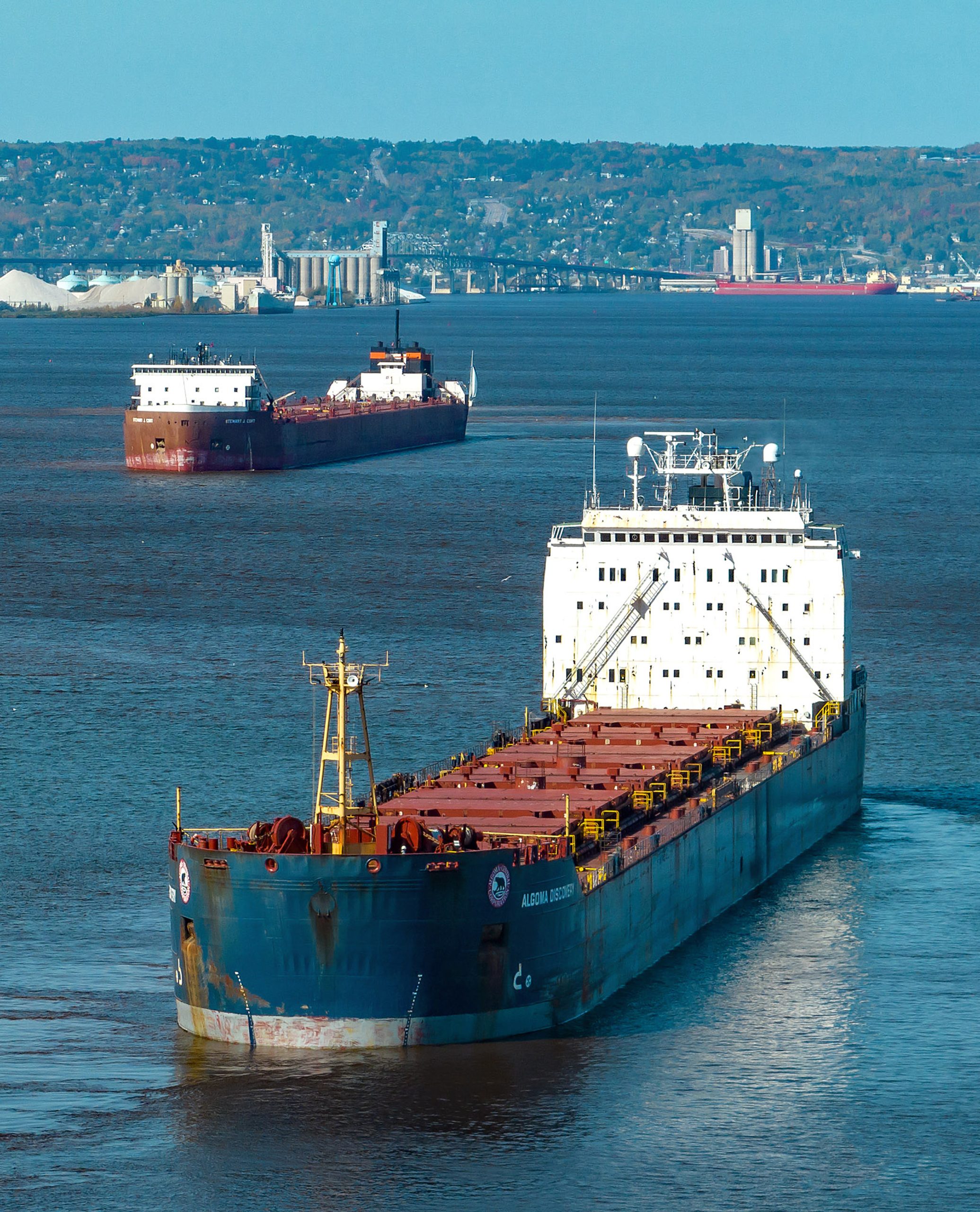By Leo Ryan, Editor of Maritime Magazine
Marine industry stakeholders in Canada and the United States have strongly condemned the “excessive escalation” of the pilotage rates set by the U.S. Coast Guard for oceangoing vessels transiting the American waters of the Great Lakes/St. Lawrence Seaway system during the 2023 navigation season. Effective in late March, the new rates were published on February 27 in the Federal Register in Washington.
What is qualified as the Final Rule establishes the yearly compensation for 56 fully registered pilots and 6 apprentice pilots at US$424,398 per pilot – or 6.3% over the 2022 level. It applies to the entities of three pilotage districts: the St. Lawrence Seaway Pilotage Association (District 1), the Lake Pilots Association (District 2) and the Western Great Lakes Association (District 3). The rates range from $410 to $876 per hour, depending on the area the pilotage service is provided.
However, Steve Fisher, Executive Director of the American Great Lakes Ports Association (AGLPA), points out that “when you factor in the operating and compensation costs, the aggregate estimated costs for 2023 are 16% higher than 2022. This compares with the increases of 7%, 4% and 1% the previous three years.”
In an interview with Maritime Magazine, Mr. Fisher bluntly stated: “For the annual compensation to be set at more than $424,000 for a nine-month season places pilots in the top two percent of wage earners in America. Extravagant salaries like these add significant costs to Great Lakes/Seaway shipping and ultimately make it less competitive.”
Nathalie Sykora, Chief Global Operations Officer of Canada Steamship Lines, a major user of the waterway, was similarly critical.
“When such important increases are levied upon the shipping sector, which carries millions of tons of cargo across the Great Lakes, it contributes to driving up inflation,” Ms. Sykora said.
‘Ultimately, everyone loses,” Ms. Sykora continued. “For this reason, CSL has put in place a rigorous training program to ensure our captains can self-pilot their ships throughout the Great Lakes and reduce our reliance on external pilotage services. We strive to limit the financial impacts of these exaggerated price hikes on our company, our clients and, eventually down the chain to the consumer.”
Also striking out at the rate increases was Chris Hall, President of the Shipping Federation of Canada, whose members include Fednav Ltd., CSL Group, Anglo-Eastern Shipmanagement and Wagenborg Shipping.
“The Shipping Federation of Canada remains highly concerned with the ongoing excessive escalation of pilotage rates in the US Great Lakes,” he told Maritime Magazine.
“These escalations,” he affirmed, “are driven by a process that has a number of fundamental flaws, namely: lack of transparency in a number of key areas, highly subjective elements, omission of key metrics such as comparing actual revenues to targeted revenues (with actuals far exceeding the targets), and compensation levels which are inflated well above other comparable segments of the shipping industry. We continue to make these arguments to the US Coast Guard, and work collaboratively with two other US Great Lakes associations on these issues.”
The latter was a reference to the comments filed jointly last September by the Shipping Federation of Canada, the American Great Lakes Port Association and the United States Great Lakes Shipping Association in response to the U.S. Coast Guard’s notice of Proposed Rule Making on pilotage rates for 2023.
(Photo by Gus Schauer shows Canadian and U.S. bulk carriers in the harbour of the Port of Duluth)





